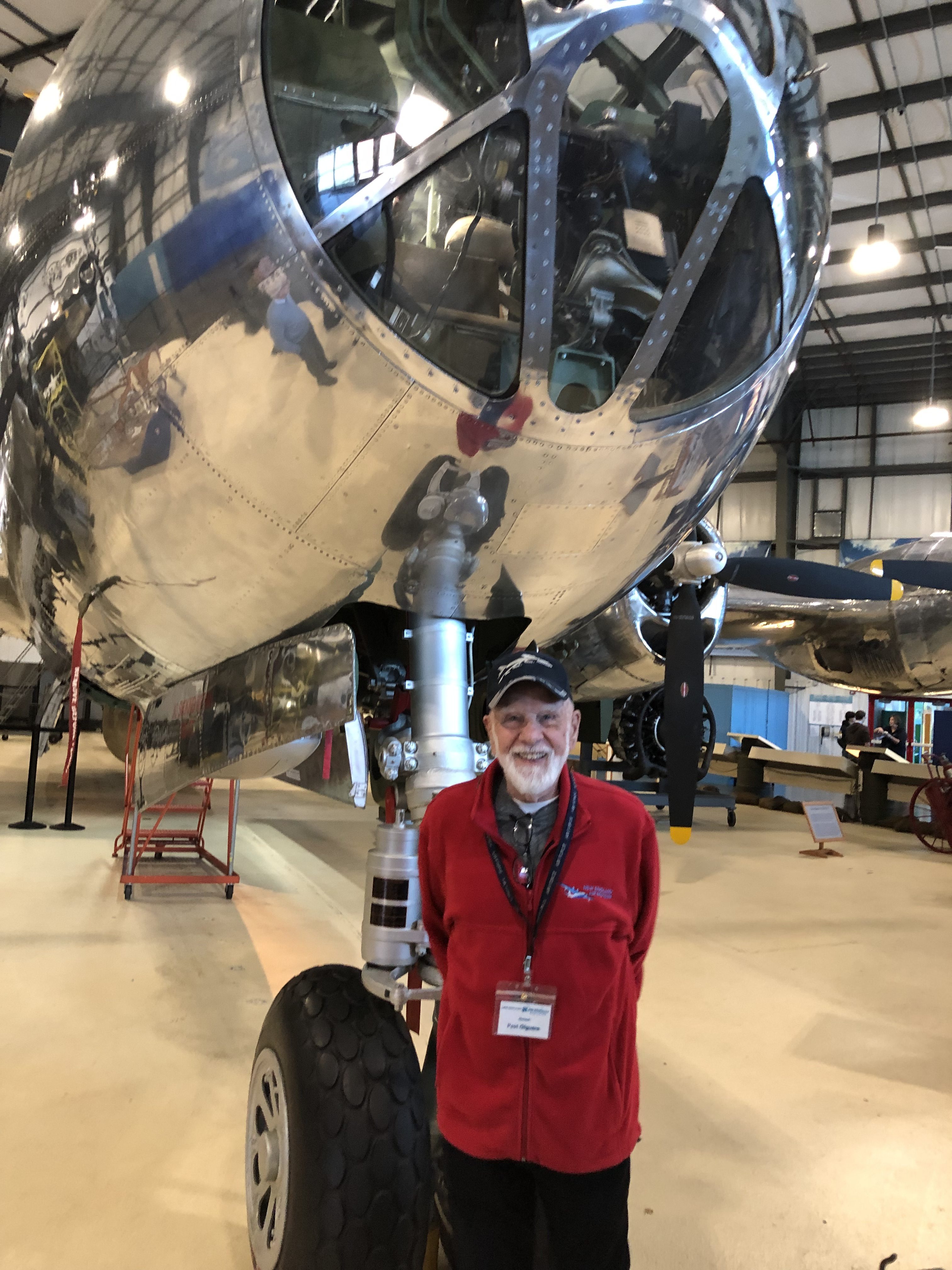Aeronautical Decision-Making 101: Runway Length
If you’re planning on flying the family somewhere for Christmas…
A couple of months ago at our flight school office one of our Private students was slaving away on preflight planning like it was 1970. She was preparing a navigation log of headings and times taking into account forecast wind and magnetic variation. All computations done on an E6B slide rule, of course!
I asked why she was doing this, given that nearly all of the planes in our rental fleet have a panel-mount certified GPS with moving map and, should that fail, we’re in an environment completely covered by Air Traffic Control radar. She explained that her instructor failed the GPS on every cross-country flight and made her do everything old-school. Her day job is engineering so this effort isn’t overtaxing her brain, but will it contribute to practical safety?
I shared with her a text message exchange that I’d had a few days earlier with a rental customer for the Cirrus SR20. The guy holds a Commercial Pilot certificate with Instrument rating. He has 750 hours of flight time.
Background: FAR 121 requires that airline crews that include two professional full-time highly proficient pilots (well, except when I was flying the CRJ!) be able to land within 60 percent of the available runway.
Me: How much fuel do you want in the plane for your flight on Saturday?
Him: Top off, please.
Me: You’re going to fly for six hours? Where are you going?
Him: Albany.
Me: That’s a one-hour flight. The plane cruises faster and lands more smoothly if you’re not right up near the max landing weight of 2900 lbs.
Him: There’s no fuel available at the airport.
Me: There’s no fuel at Albany? The crosswind runway is 7200′!
Him: I’m going to 5B7. I’m taking my son to visit Rensselaer.
Me: That’s a 2670′ runway in “poor” condition with obstacles. The Cirrus needs about 2100′ to land over a 50′ obstacle so you’d be flying your son with less safety margin that what is required for an airline crew and making it more challenging by going in heavy. The A/FD says “TRANSIENT ACFT CALL (518) 596-5947 FOR FIELD CONDS PRIOR TO ARR.”. The airport is unattended. If you blow a tire there, how long before the plane gets back out?
Him: <not convinced that this airport is a bad idea
Me: Incidentally, East Coast Aero Club has a 3000′ runway minimum with a handful of exceptions such as Block Island.
Him: I didn’t know that. It’s too bad. I was thinking of going to South Albany (4B0) instead.
Me: 4B0 is 2853′ with a displaced threshold in both directions, so really more like a 2700′ runway. KALB is 8500′ for the big runway, has fuel cheaper than the reimbursement rate, no fees if you buy a handful of gallons, and is actually a shorter drive to RPI than either 5B7 or 4B0. The FBO at KALB can fix the plane if something goes wrong and have you back in the air two hours later. Why would you want to go to an unattended airport with a short runway instead?
Him: I thought it would be easier than dealing with an FBO.
I still can’t grasp why a high-time-by-GA-standards pilot wouldn’t see the safety advantage of an 8500′ runway in a massive clearing over a 2700′ poor condition runway that is surrounded by trees. Nor can I fathom why someone wouldn’t want the option of support from an FBO that underprices its services (Million Air at Albany is surely not hoping for an influx of piston-powered aircraft tanking up with 20 gallons of 100LL!). There is always the possibility of a tire or spark plug failure.
A passenger would likely have been safer going to Albany with the student pilot (if it were legal) than with this Commercial-IFR guy with an aversion to FBOs.
Maybe as instructors we should take students to some bigger airports and deluxe FBOs to highlight the value offered by both? It’s great that the U.S. has lots of little airports, but it usually doesn’t make safety sense to use them when a big airport is actually closer to the ultimate destination.
Full post, including comments


